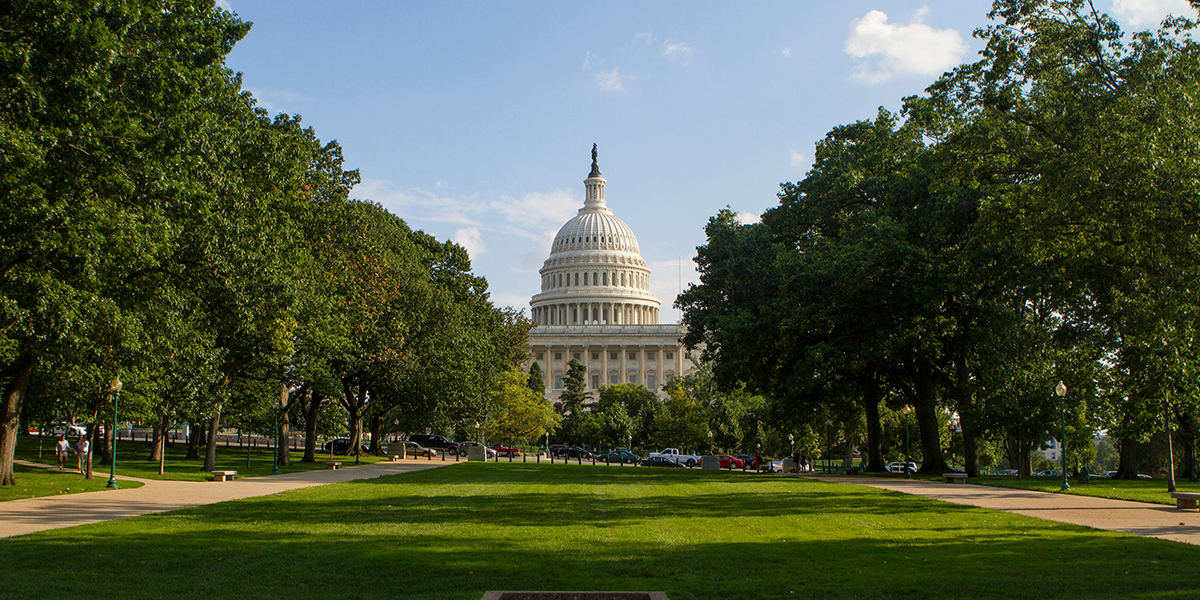

Blog
The sustainable building industry is buzzing with anticipation for the release of LEED version 5. This update to the world’s most widely used green building rating system promises to bring significant changes, particularly in the realm of embodied carbon reduction.

Embodied carbon, the greenhouse gas emissions associated with building materials and construction processes, has become a critical focus in the fight against climate change. LEED v5 is set to elevate this issue to new heights, introducing more robust and comprehensive strategies for addressing embodied carbon throughout a building’s lifecycle.
In this blog post, we’re outlining the changes coming in LEED v5 that relate to embodied carbon reduction.
It is important to note that for LEED v5 projects, addressing embodied carbon impacts is not an option, but a prerequisite.
Quantifying the impacts of structure, enclosure, and hardscape materials, as well as documenting cradle-to-gate emissions, will be required for all projects moving forward. This marks an important departure from older versions of LEED.
For those working on projects soon, it’s important to note that while LEED v5 is set to be validated by the end of this year, there will likely be a transition period where both v4.1 and v5 are accepted. This allows project teams time to familiarize themselves with the new requirements and adjust their strategies accordingly.
One of the most notable changes in LEED v5 is the increased emphasis on whole building lifecycle assessment (LCA). While previous versions awarded projects with points, v5 is expected to make it a more integral part of the certification process.
This approach will encourage project teams to consider the environmental impact of materials from extraction and manufacturing through to end-of-life scenarios.
Along with material choice, LEED v5 has also addressed carbon emission reductions in the construction phase. Points can be awarded for tracking jobsite emissions within the new Reduced Embodied Carbon credit, which specifically targets fuel and utility usage.
Encouraging low-carbon construction processes further emphasizes the need for carbon-saving strategies at all stages of a project.
The new version of LEED is also likely to introduce more stringent requirements for Environmental Product Declarations (EPDs)—the standardized documents that provide transparent information about the environmental impacts of products, including their global warming potential (GWP). The EC3 tool is an essential resource for locating EPDs, though there are other resources like Ecomedes and UL Spot.
V5 will specifically prioritize reductions of the most carbon-intensive materials, such as concrete, masonry, and steel. The Reduced Embodied Carbon credit awards additional points for choosing specific materials with reduced GWP.
By prioritizing materials with lower carbon footprints, LEED v5 is pushing manufacturers to be more transparent and innovative in their processes.
LEED v5 is also expected to place greater emphasis on building reuse and adaptive reuse projects. Recognizing that the greenest building is often one that already exists, the new version may offer more points for projects that preserve existing structures, thereby avoiding the significant embodied carbon associated with new buildings.
As we move towards a more carbon-conscious built environment, LEED v5’s focus on embodied carbon represents a significant step forward. By providing a clear framework for measuring, reporting, and reducing the carbon footprint of buildings, this update could help drive the industry towards more sustainable construction practices and a more climate-resilient future.
The goals are ambitious. Ultimately, the rollout and the ability for project teams to streamline documentation without significant increases in time and resources to reach certification will play into how readily the industry adopts the new updates.
Stay tuned for the official release of LEED v5 in early 2025, and start preparing your teams now for the increased emphasis on embodied carbon reduction.
The future of green building is here, and it’s more carbon-conscious than ever.
Have questions? Click here to contact us.
Contributors: Kai Starn, Senior Sustainability Consultant
Steven Winter Associates